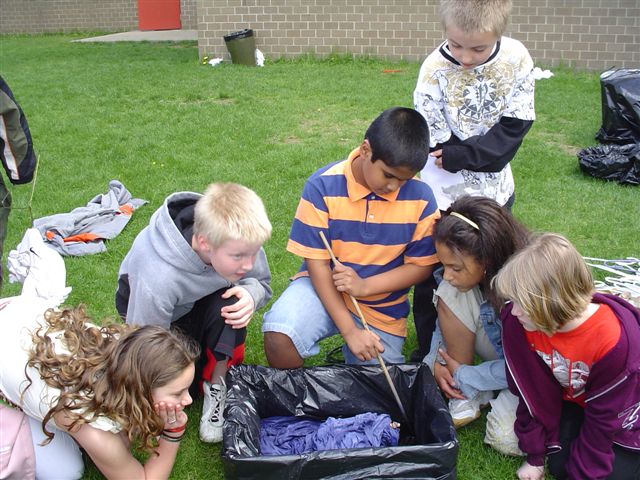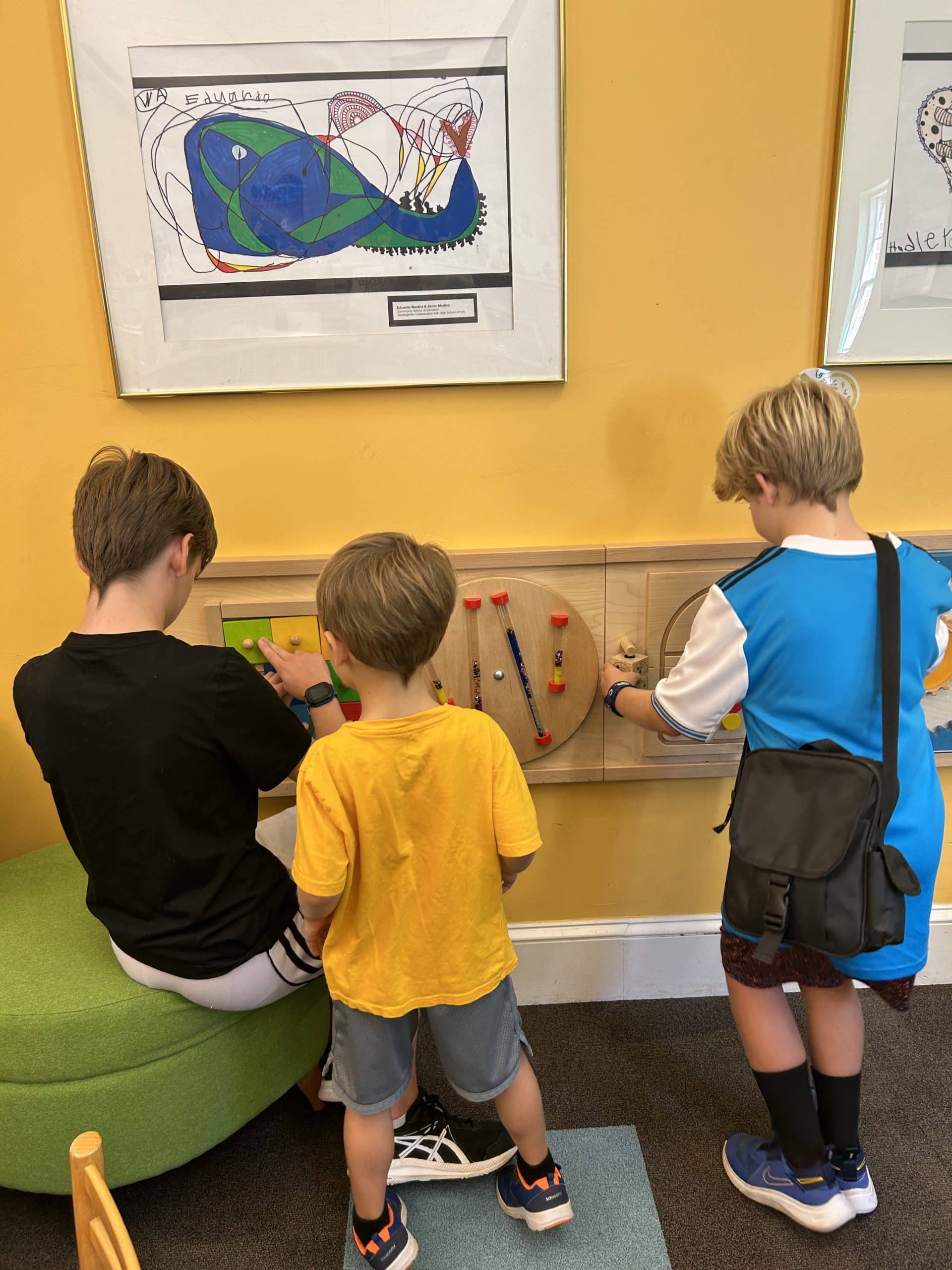Personalized learning is not new. However, many schools realize the old style of teaching is out. Therefore, schools are no longer requiring the memorization of facts. They are concentrating on subjects that interest students. And, textbooks and worksheets no longer dominate the classroom.
Thus, personalized learning is not exclusive to charter schools. Public schools realize the value of this method.

In addition to methods of teaching, rows of desks are no longer the norm. In fact, classrooms reconfigure furniture that moves in order to create collaborative learning spaces. However, there is more to it than configuration of furniture. Individualized learning refers to the instructional approach. It also refers to the pace of each student’s learning style. And, the students use technology to support their process.
Personalized Learning Made Simple
Transforming a classroom into a blended personalized learning environment is not as difficult as it appears. There are many benefits to this style of teaching.
• Students learn from each other through collaboration.
• It utilizes the classroom technology along with the students’ own tablets and cell phones.
• Students make their own choices of what to learn. It is based on a mini-unit introduced by the teacher.
• Teachers choose the delivery method of the content according to student interest.
• Assessments are made of the students throughout the process.
Positive results are shown in a 2015 study by Rand McNally. However, along with the positives, comes the negatives.
Difficulties in Personalized Learning
Individualized learning requires a great deal of preparation. Along with preparation, student assessment is an important part of data collection. Because, data on each student drives the instruction. In addition, professional development and teacher training is large part of the picture.
This instructional change allows teachers to pay attention to individual students. It eliminates teaching to the average. Because, most students are either ahead or behind the average learning rate.
Today’s world is changing. Therefore, education must also evolve with the world. And, students need to choose a learning pathway that fits their needs. Education cannot exist as a one-size-fits-all. Hence, the didactic approach is no longer appropriate. Students need to take an active role in their learning. And, today’s educators must realize the new role of a facilitator and guide to accommodate each student’s process.




